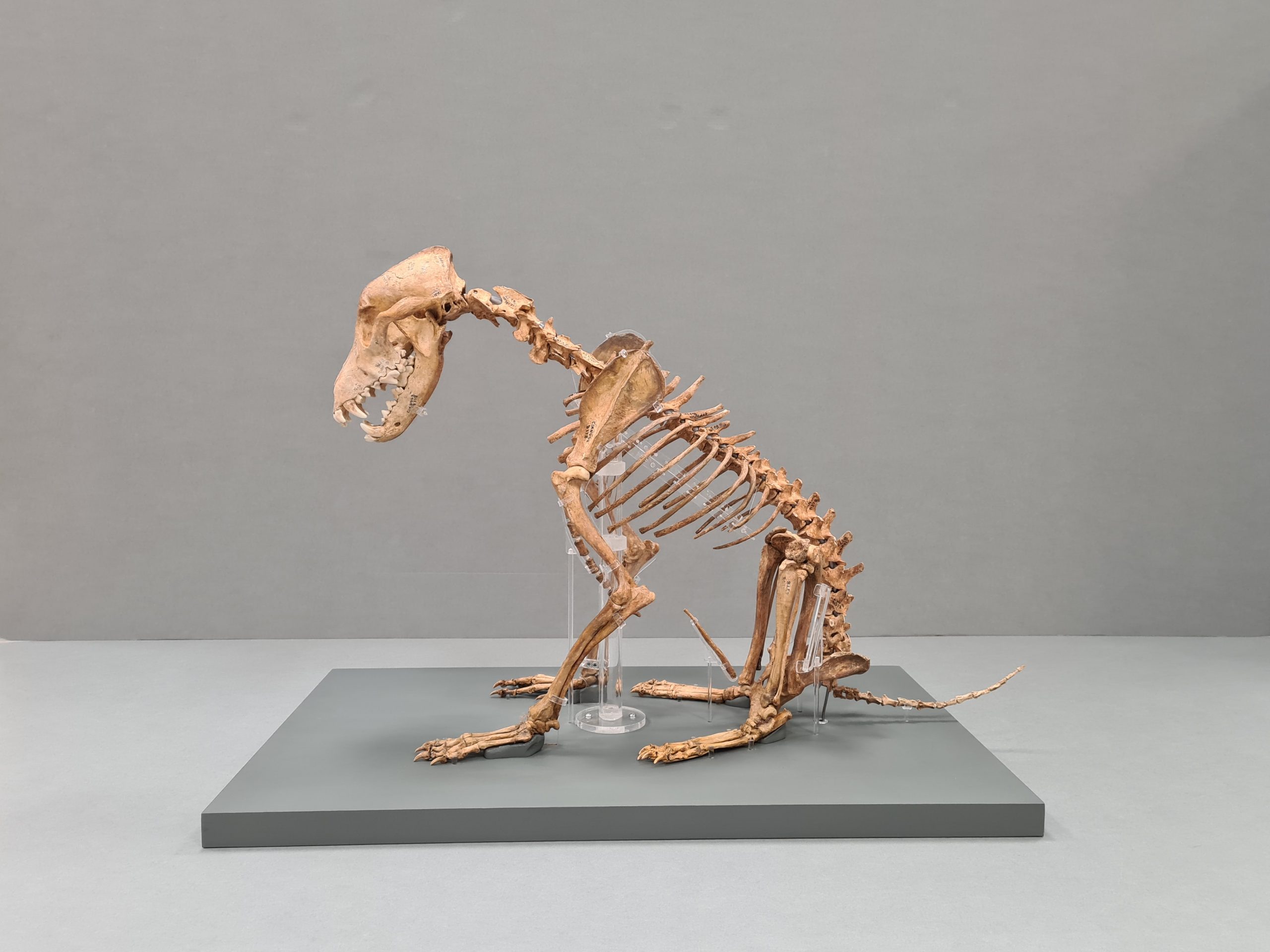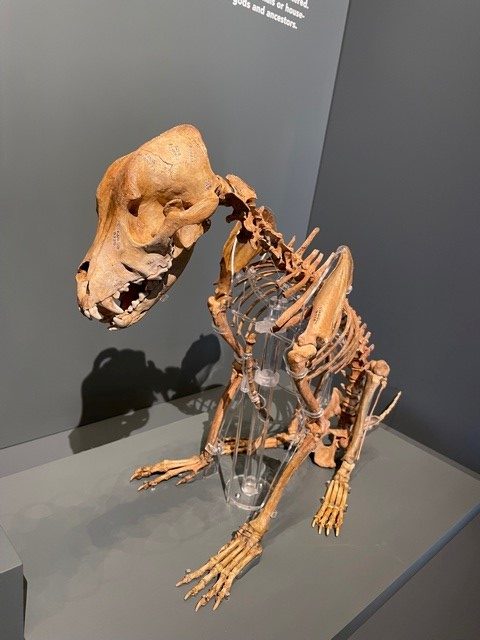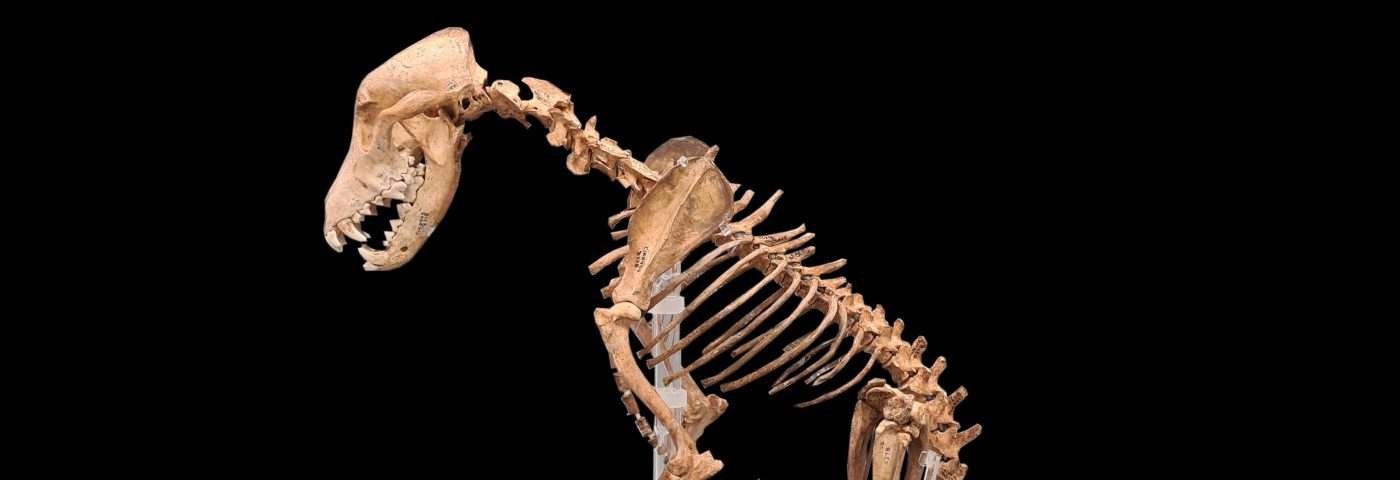Meet Rusty our Iron Age dog!

To celebrate the arrival of the new Iron Age dog display, we launched a competition to name him. We received hundreds of entries, which we whittled down to a shortlist of three and then put them to a public vote… and the winning name is Rusty.
 Congratulations to Dan, Isabel, Tessa, and Sophie Healy for winning our name the Iron Age Dog Competition.
Congratulations to Dan, Isabel, Tessa, and Sophie Healy for winning our name the Iron Age Dog Competition.
They are the proud owners of a Corinium Museum Explorer’s Handbook and Museum Family Membership.
Rusty the Iron Age Dog’s Discovery
The excavation by Oxford Archaeology in 2008 on the north-eastern edge of Cirencester revealed evidence of Cirencester’s prehistoric past including Iron Age activity dating to between c. 400-200 BC. In the base of one of the 19 pits the skeletons of a dog and a crow were unearthed.

The dog, an adult male, aged between 1-3 years was probably a working animal used for herding and guarding. The specialist who examined the skeleton believed he is mostly likely to resemble a modern terrier.
Deposition of complete animals in pits are commonly found in Britain throughout the Iron Age. It is suggested that that pit deposits have ritual significance and the placement of animals in storage pits was connected to the appeasing the spirits and underworld. This fits well with the idea that the dog was a guardian extending its role in life to the spirit world. Crows in many cultures, ancient and modern, are also linked to death. Perhaps this is why they were considered for burial together 2,000 years ago.
From the discovery of the dog in 2008 a team of archaeologists, conservators and museum curators have worked together to bring this ancient dog to display at Corinium Museum. It is one of only a small number on display in museums across Britain.
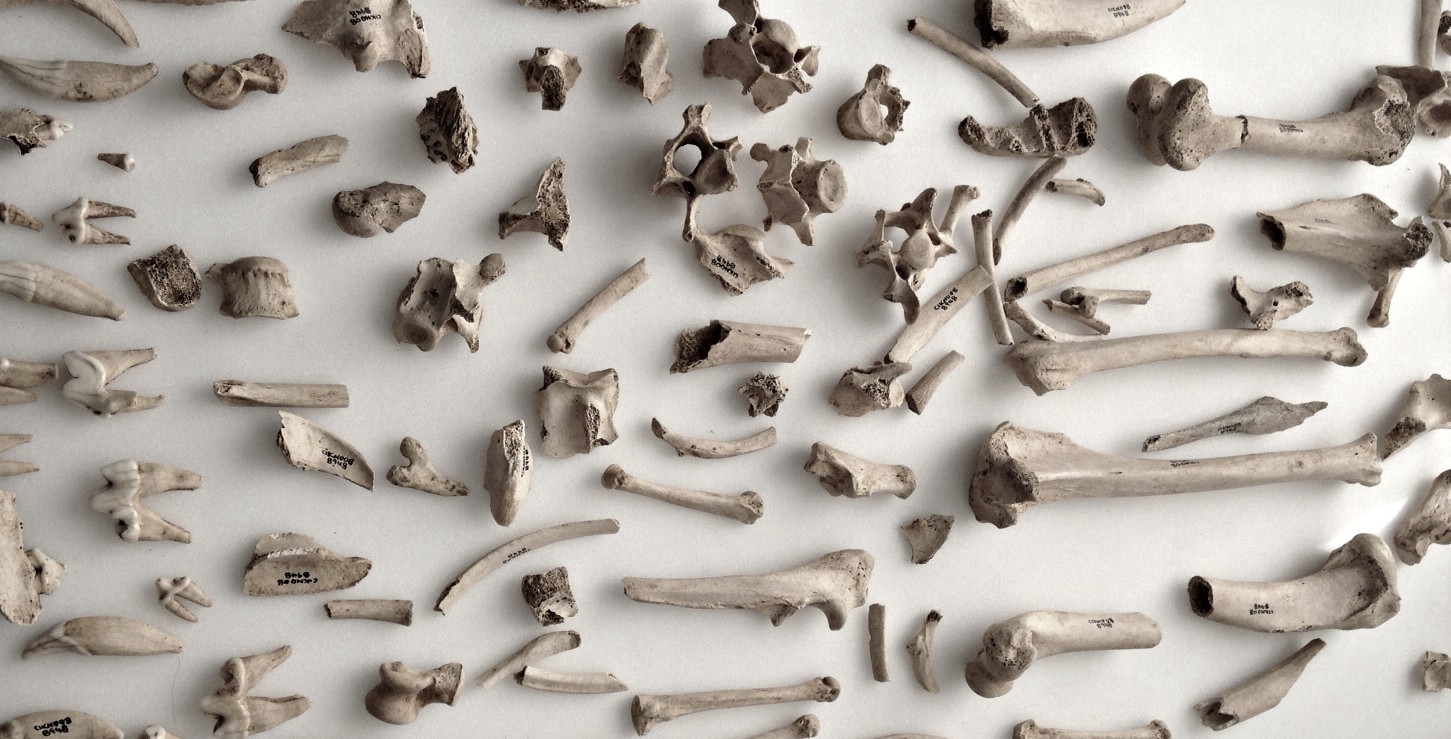
His journey to being pieced back together started over five years ago when the museum team began to look for and research new objects for the HLF Stone Age to Corinium Project. Collections Manager, Dr. Alison Brookes, believed that enough bones had survived to enable specialist conservators to rebuild the dog. In October 2018, in hundreds of pieces, he was packed up and transported to Lancashire Conservation Studios. Here a specialist team of conservators undertook the delicate and highly skilled task of rebuilding the dog, piece, by piece, by piece.
“The age, condition, small stature and completeness of this specimen made for an extraordinary project. It’s been a real privilege to work on this project for the Corinium Museum.”Lucie Mascord ACR, Natural history conservation specialist or conservator, Lancashire Conservation Studios, Lancashire County Council Museums Service

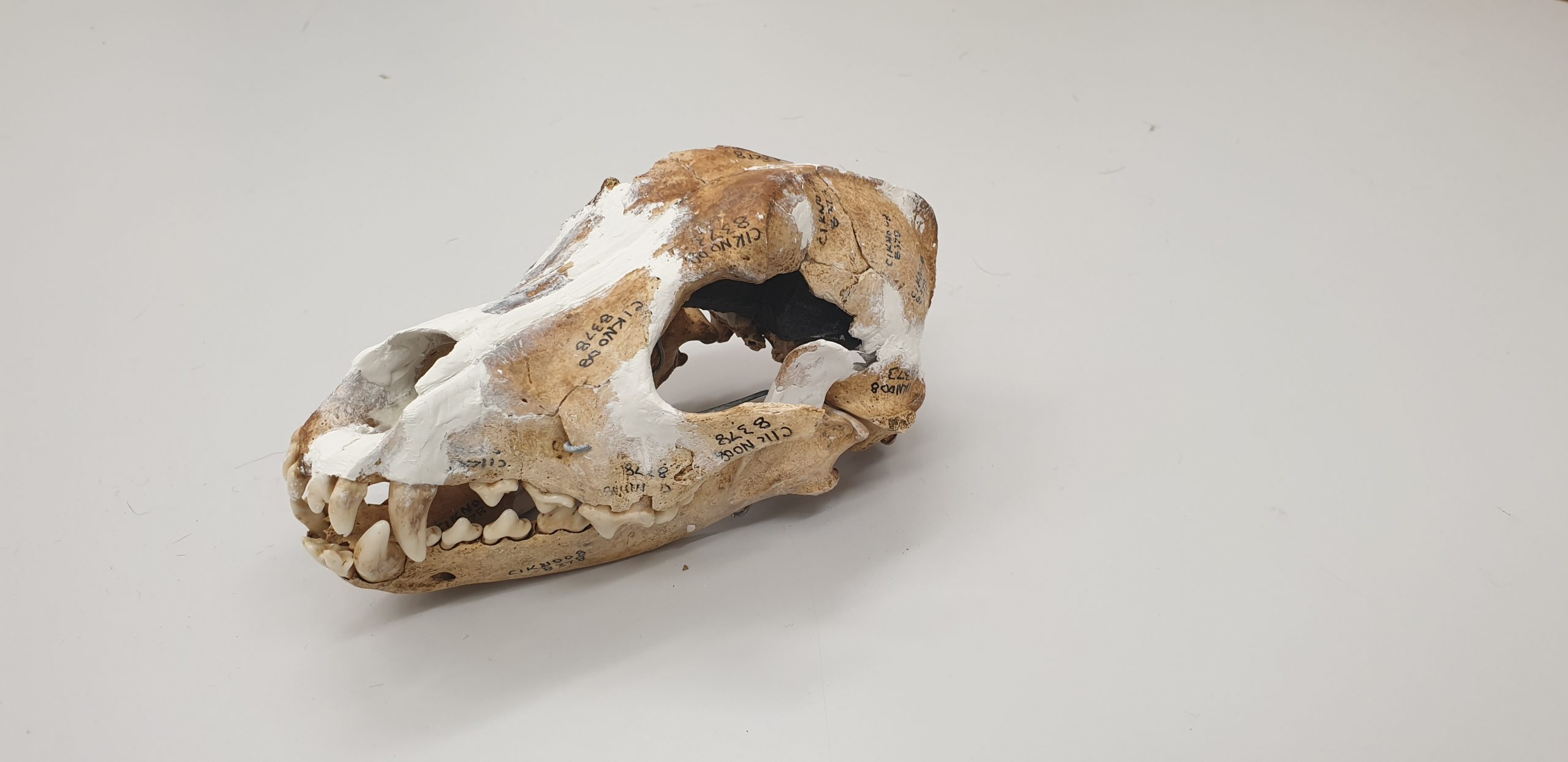
On Wednesday 13th October, almost 3 years to the day, Alison welcomed the conservators and a box marked ‘beware of the dog’ back to Cirencester. The team worked carefully to unpack the dog and complete the mounting before placing him in the case. He tells not just a story of the domestication of man’s best friend but also demonstrates how archaeologists, conservators and museum curators work together. It can be a lengthy process but the result is a fascinating story of a dog who walked the Cotswolds over 2,000 years ago. Visit Corinium Museum and discover even more archaeology.
